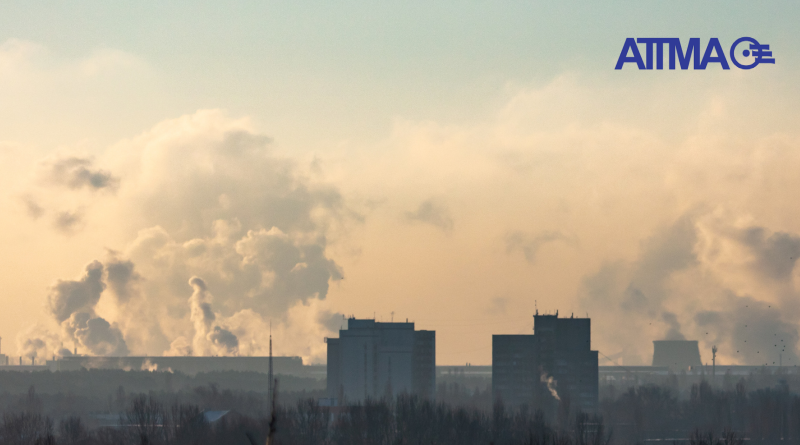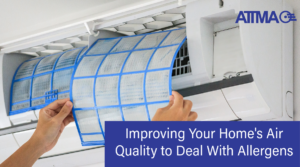WHO Global Air Quality Guidelines have been updated which aim to save millions of lives from air pollution. The Air Quality Guidelines (AQGs) show the damage air pollution is doing to human health even when concentration is low.
What are the Guidelines?
The Guidelines recommend air quality levels to help protect health of people which include reducing levels of key air pollutants which can also contribute to climate change. The guidelines in 2021 are updated from 2005 when the last global update was released.
| Pollutant | Averaging Time | 2005 AQGs | 2021 AQG Level |
| PM2.5, µg/m3 (Particular Matter) | Annual | 10 | 5 |
| 24-hour* | 25 | 15 | |
| PM10, µg/m3 (Particular Matter) | Annual | 20 | 15 |
| 24-hour* | 50 | 45 | |
| O3, µg/m3 (Ozone) | Peak Season# | – | 60 |
| 24-hour* | 100 | 100 | |
| NO2, µg/m3 (Nitrogen Dioxide) | Annual* | 40 | 10 |
| 24-hour* | – | 25 | |
| SO2, µg/m3 (Sulfur Dioxide) | 24-hour* | 20 | 40 |
| CO, µg/m3 (Carbon Monoxide) | 24-hour* | – | 4 |
Annual/Peak Season is long time, 24hr/8hr is short term exposure
Table copied from https://www.who.int/news-room/questions-and-answers/item/who-global-air-quality-guidelines
The health risks that have been identified with particulate matter equal to 10 and 2.5 microns in diameter can penetrate deep into the lungs, however PM2.5 can even enter the bloodstream resulting in cardiovascular and respiratory impacts.
“Air pollution is a threat to health in all countries, but it hits people in low- and middle-income countries the hardest,” said WHO Director-General, Dr Tedros Adhanom Ghebreyesus. “WHO’s new Air Quality Guidelines are an evidence-based and practical tool for improving the quality of the air on which all life depends. I urge all countries and all those fighting to protect our environment to put them to use to reduce suffering and save lives.”
Achieving the recommend air quality guidelines
Over 90% of the global population lives in areas where the concentrations of PM2.5 exceed the 2005 WHO AQGs for long term exposure. The goal is for all countries to achieve the 2021 ACQ for PM2.5, however it is known that many countries will struggle with this, especially in low- and middle-income countries.
Almost 80% of death that are related to PM2.5 could be avoided if the current air pollution levels were reduced in line with the 2021 QQGs. However it is proposed that smaller targets are will be implemented to help ease the burden of disease.





